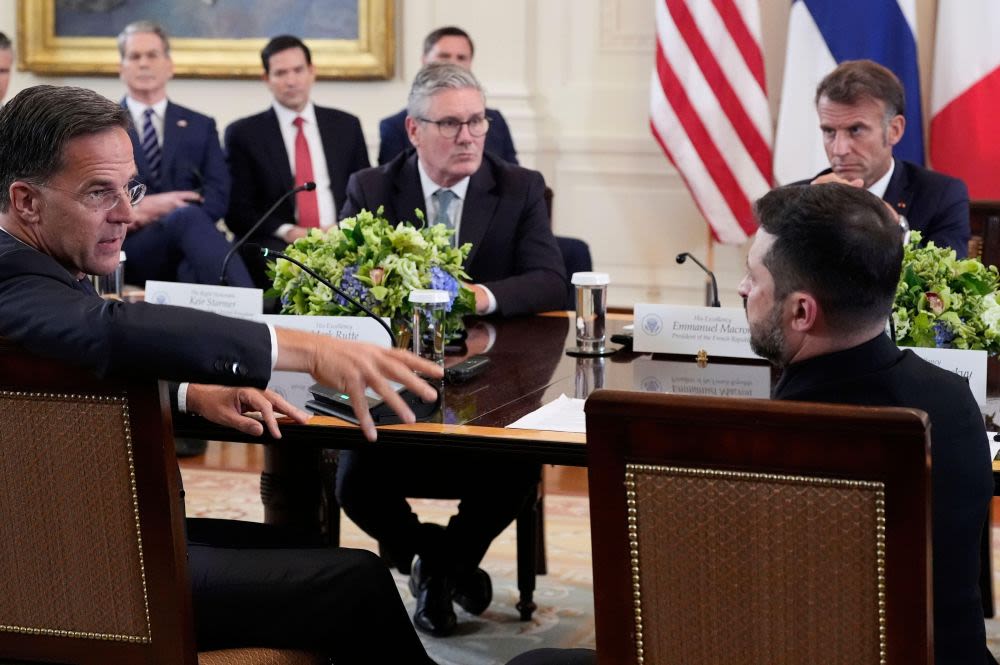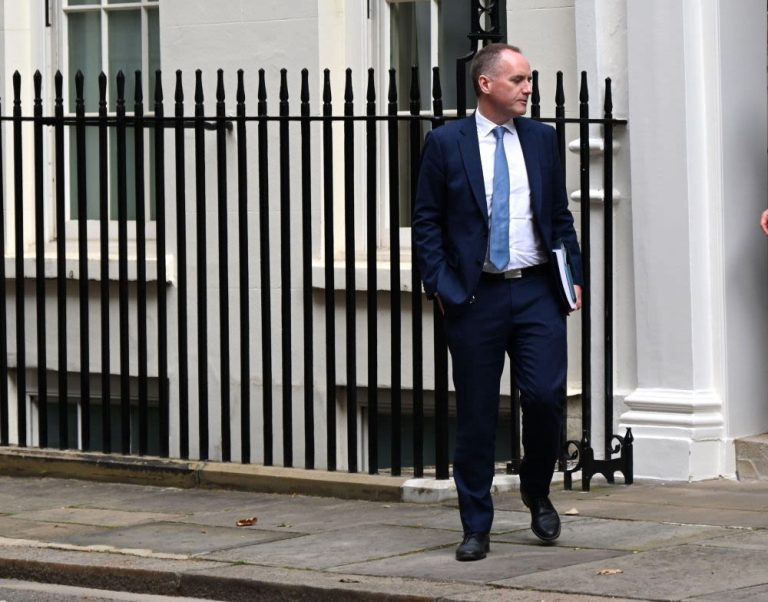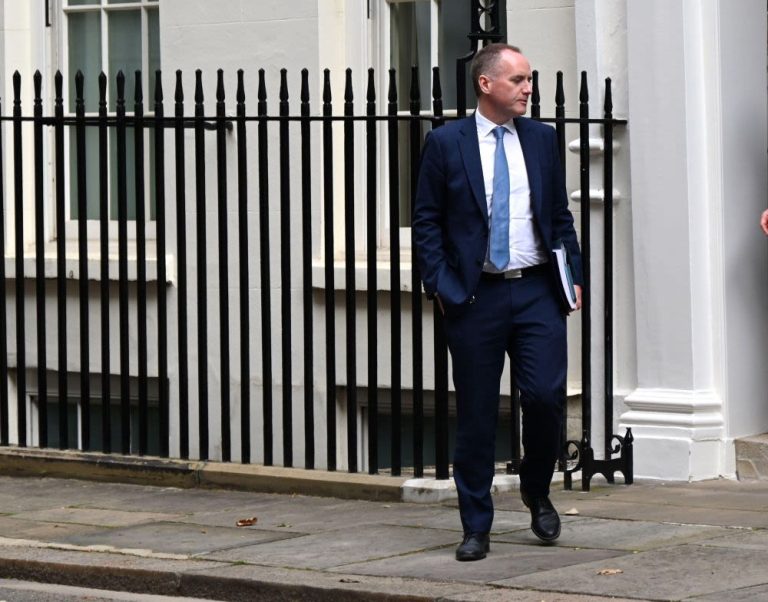
Western leaders gathering in Washington this week are considering unprecedented security guarantees for Ukraine, including a direct commitment to help Kyiv build a substantially larger and more resilient military force. Amid ongoing negotiations for a potential peace settlement with Russia, military experts warn that simply agreeing to a ceasefire will not deter future aggression unless Ukraine’s defence capabilities are reinforced.
Unity among allies shines a spotlight on force expansion
On Monday, Prime Minister Keir Starmer joined U.S. President Donald Trump and Ukrainian President Volodymyr Zelensky in the White House to underscore the West’s “real sense of unity” over the conflict. Starmer hailed the collaboration as essential to bringing hostilities to a close. The very next day, senior military chiefs from the so-called “Coalition of the Willing,” including UK Chief of the Defence Staff Sir Tony Radakin, convened in Washington to discuss comprehensive security guarantees for Ukraine.
These discussions come on the heels of Trump’s public offer to provide American air support, noting that the U.S. possesses the most advanced equipment capable of responding swiftly to any new incursion. The emphasis now is on transforming these promises into concrete measures—especially through force generation assistance that would bolster Ukraine’s ground capabilities.
From hundreds of thousands to one million troops
John Spencer, former U.S. Army officer and current Chair of War Studies at the Madison Policy Forum, highlighted Ukraine’s remarkable achievement in rapidly scaling its armed forces. Prior to Russia’s invasion in early 2022, the Ukrainian military numbered in the low hundreds of thousands. Today, Kyiv fields approximately one million well-trained personnel, sustained by significant Western aid.
Spencer suggests that a formal security guarantee could include further “force expansion programmes” underwritten by NATO allies. “Building a stronger Ukrainian military” would entail supplying advanced weaponry, funding accelerated recruitment and training, as well as integrating Ukrainian units into joint exercises with allied forces. Such measures, he says, would create a credible deterrent against any Russian attempt to exploit a weakened post-ceasefire posture.
Designing security guarantees for lasting deterrence
Experts argue that peace treaties without enforcement mechanisms have historically faltered. In Ukraine’s case, Dr. Spencer advocates for a layered guarantee:
Such a guarantee would send a clear signal to Moscow that any new aggression would trigger immediate allied intervention.
Putin’s demands complicate peace prospects
Despite these discussions, the path to a peace deal remains fraught. Recent intelligence reports suggest President Vladimir Putin seeks formal control over parts of eastern Ukraine—particularly the entire Donbas region—before signing any agreement. This red line has drawn sharp warnings from analysts, such as Natia Seskuria, Associate Fellow at the Royal United Services Institute.
“Putin is less concerned about further battlefield casualties and more focused on leveraging negotiations to gain sanctions relief,” says Seskuria. She points out that economic pressure, rather than military stalemate, drives the Kremlin’s long-term strategy. By demanding territorial concessions, Putin aims to weaken the West’s unity and force removal of financial sanctions, thus replenishing Russia’s war chest for future conflicts.
Trump’s trilateral ambitions
In an unexpected twist, Trump has indicated his willingness to host a trilateral summit—bringing together himself, Zelensky and Putin. According to Trump, preliminary arrangements are already in place. While some Western capitals view this as a bold diplomatic move, others caution against elevating Putin’s status without binding enforcement guarantees. There is concern that a high-profile summit could produce headlines but little substance unless reinforced by the robust security architecture under discussion.
Preparing for post-peace reality
Even if a ceasefire is achieved, Kyiv must avoid the posture that followed other historic armistices, where demobilisation left nations vulnerable. Western experts stress that Ukraine’s future security depends on retaining a capable, modernised military. This means not only shoulder-to-shoulder training with NATO allies but also investment in next-generation air defence, cyber capabilities and drone warfare—domains where Russia has demonstrated sophisticated capabilities.
Schools of thought in London and Washington now align around the doctrine that “peace needs strength.” As and when negotiators ink an agreement, Western powers may formalise force-building packages, itself enshrined in a treaty or mutual defence pact. Such assurances could include permanent training missions, rotational deployments and direct funding allocations for Ukraine’s defence budget.
Political risks and public support
Domestically, both Conservative and Labour leaders in the UK must balance public fatigue over military spending with the imperative of supporting an embattled ally. Starmer’s praise for allied unity suggests that Labour sees political advantage in championing Ukraine’s cause. Yet, any perception of open-ended funding commitments risks sparking debate over national priorities amid economic pressures.
Similarly, in the United States, Congressional buy-in is essential. Trump’s endorsement lends weight to the proposals, but legislators will scrutinise the details closely, especially regarding the potential for deeper military entanglement. The message from the Pentagon and congressional committees will focus on deterrence value versus escalation risks.
A crucial turning point
As the Coalition of the Willing’s military chiefs convene, the concept of building a stronger Ukrainian army has shifted from strategic proposal to operational blueprint. The debate now hinges on how these force-building guarantees will be structured and legally codified. Dozens of allied nations must agree on funding mechanisms, training oversight and command integration. The coming weeks in Washington and subsequent diplomatic channels in Brussels and London will determine whether Ukraine’s future rests on a robust defence guarantee or a fragile ceasefire devoid of lasting deterrence.




